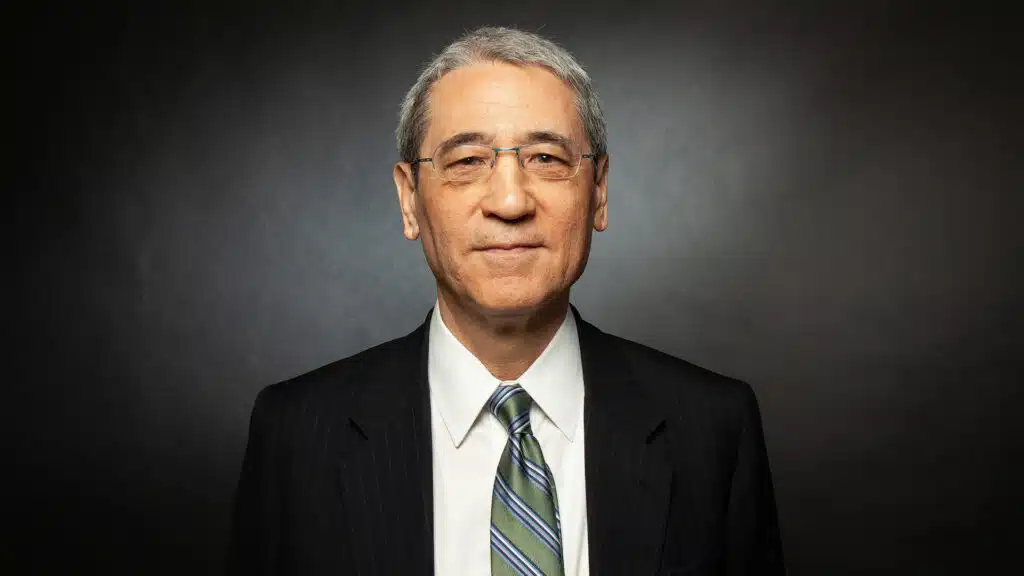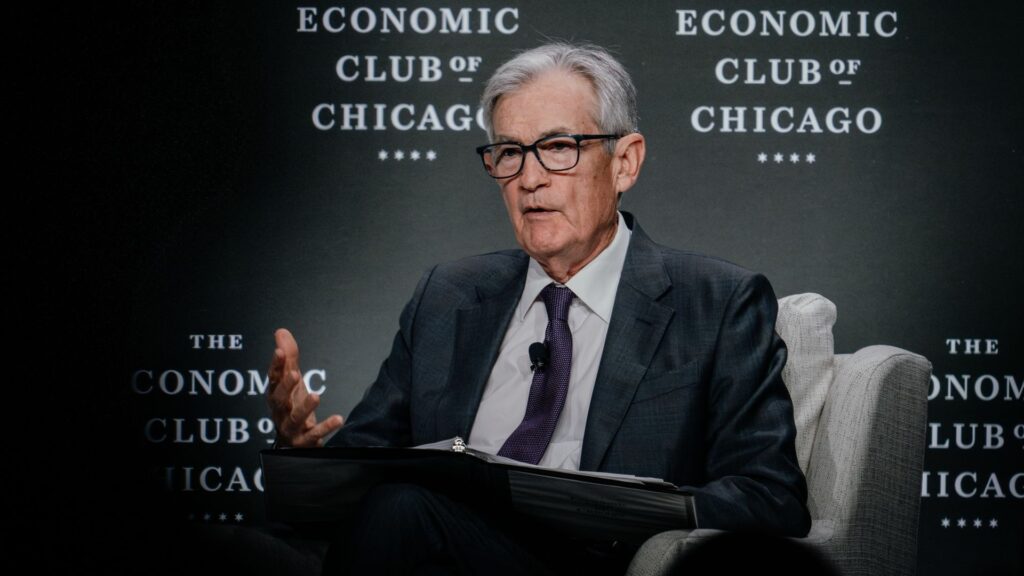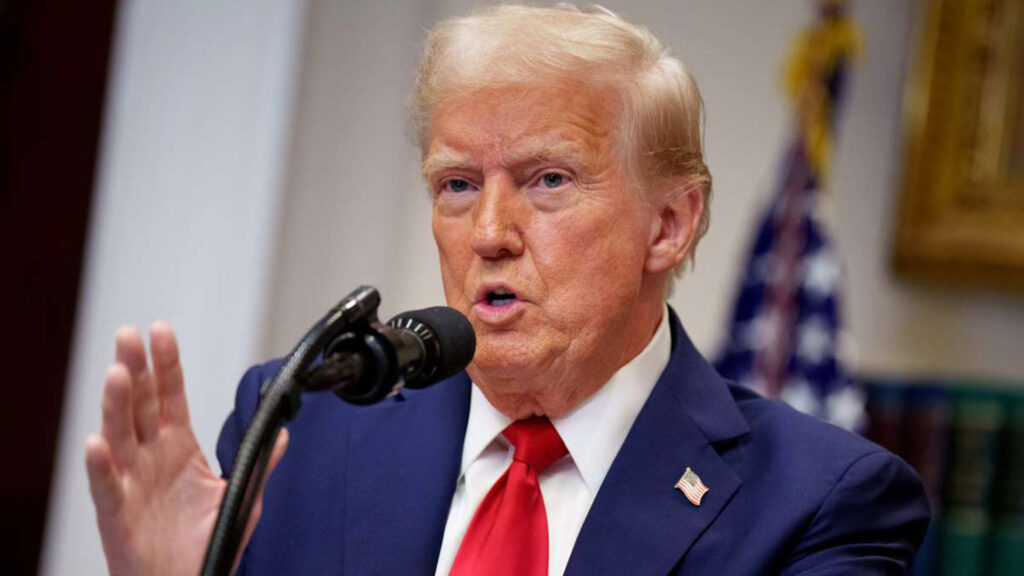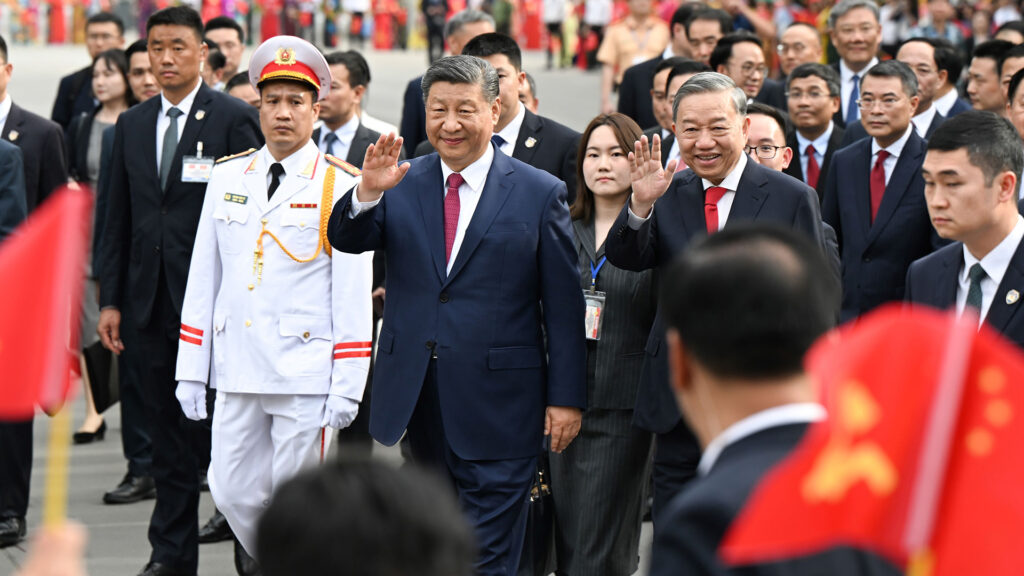As U.S.-China trade tensions escalate, Chinese President Xi Jinping finds himself in an increasingly precarious position. With the U.S. imposing a sweeping 145% tariff on Chinese goods, Beijing’s economic vulnerabilities have come into sharp focus.
While Washington appears resolute under President Donald Trump’s assertive trade policy, Xi’s response has been more reactive, aimed at shoring up domestic credibility and preserving regional ties. But with a contracting economy, declining exports, and a weakened property sector, China’s maneuvering space is limited.
Highlights
- U.S. tariffs on Chinese goods now stand at 145%, effectively freezing export flow.
- Chinese consumer and producer price indices have fallen below zero, signaling deflation.
- Xi’s tour of Southeast Asia aims to rally regional solidarity but faces skepticism.
- China is accused of cyberattacks on U.S. infrastructure amid rising tensions.
- Beijing’s financial retaliation options, including dumping U.S. Treasuries, remain constrained.
China’s Economic Troubles Deepen
China’s economy is reeling. March inflation data show both consumer and producer prices in negative territory—a rare and alarming sign. Analysts, including Gordon Chang, argue that China is experiencing its “2008 moment.”
A collapsing real estate market and soaring corporate debt have left Beijing with fewer tools to manage a slowdown. The U.S. market, previously a lifeline for Chinese exports, is now largely closed off due to the tariffs.
Xi’s problem isn’t just economic—it’s political. In an authoritarian system, economic failure can quickly erode the legitimacy of the regime. Livestreams on Chinese platforms, such as Rednote, show exporters pleading with domestic consumers to buy surplus stock intended for the U.S. market. While these campaigns generate short-term sympathy, they are symptomatic of broader malaise.
Limited Retaliatory Options
Some observers speculate that Beijing could retaliate by dumping U.S. Treasuries, thereby raising American interest rates. But this “nuclear option” is unlikely.
As Gordon Chang explains, China needs to prop up the yuan, which requires holding onto dollar reserves. A chaotic sell-off would hurt China more than it would hurt the U.S.
Moreover, China’s financial interdependence with the U.S. makes extreme retaliation a double-edged sword. For all of Xi’s bravado, Beijing lacks leverage comparable to Washington’s consumer market.
Southeast Asia Tour: A Bid for Support
Xi’s current tour of Southeast Asia, including stops in Vietnam, Malaysia, and Cambodia, is part diplomatic outreach and part economic necessity. He seeks to expand trade and political support in ASEAN countries, but skepticism runs deep.
These countries, while eager for Chinese investment, are wary of flooding their markets with cheap Chinese goods now blocked from the U.S.A., Chang points out, they don’t want their domestic industries “decimated.” Warm receptions and joint statements are likely, but substantive shifts in trade policy are not.
Cyber Conflict Adds Fuel
Tensions flared further after reports that Chinese officials privately admitted responsibility for cyberattacks targeting U.S. infrastructure. The revelation, reported by the Wall Street Journal, was met with a vehement denial from Beijing. However, as Chang notes, the mere fact that China is acknowledging such actions internally signals a dangerous level of confidence.
These developments point to a shift in Beijing’s posture—from cautious engagement to open hostility. That shift could provoke escalatory responses from Washington, including expanded cyber deterrence measures or sanctions against Chinese tech firms.
U.S. Leverage Remains Strong
As Trump’s tariff strategy continues to unfold, the White House shows no signs of backing down. U.S. officials argue that China must come to the table on equal terms, and the pressure is designed to compel this. With more than 75 nations already initiating new trade discussions with the U.S., Beijing risks global economic isolation if it does not recalibrate its approach.
Trump, bolstered by strong domestic manufacturing sentiment and bipartisan support for confronting China, is unlikely to yield. Meanwhile, China’s challenge is to prevent economic instability from snowballing into political unrest.
Conclusion
Beijing faces a multifront challenge: economic contraction, diplomatic fatigue, and deepening geopolitical risk. While Xi Jinping aims to project strength, the reality is stark. China remains heavily dependent on access to global markets it can no longer fully tap. Trump’s high-stakes trade war has exposed the limits of Beijing’s resilience.
Xi’s next moves—whether conciliatory or confrontational—will determine whether China can stabilize its economic trajectory or spiral into a deeper crisis.







